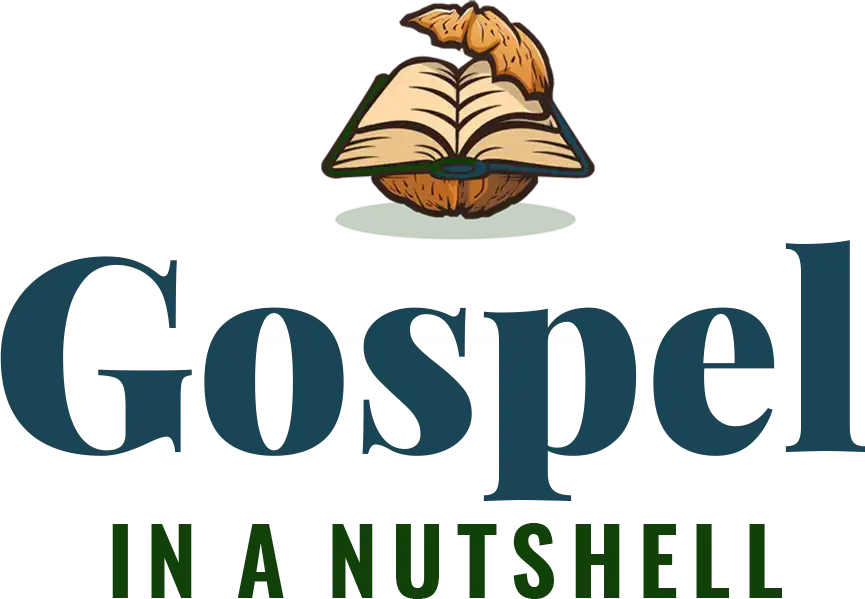Interpreting Poetry
Poetry is the second most common literary feature in the Bible (narrative is first). Poetry displays a higher degree of structure, sound, and language than narrative. Poetry is not dominated so much by grammar, paragraph, or plot but poetic verse.
Characteristics of Poetry
It uses vivid language. (Psalm 104, Psalm 6) It also uses an economy of language, so each word is important. It uses concrete images for abstract ideas. (Psalm 1) The goal is experience, not just information. We feel poetry. We must ask, “Why is God communicating this to us in the poetic genre?”
Parallelism is a key structure of Hebrew poetry, and there are three types.
- Synonymous
- Antithetic
- Synthetic
Synonymous parallelism involves the repetition in the second part of what has already been expressed in the first while simply varying the words, like in Psalms 24:4
Psalms 24:4 – One who has clean hands and a pure heart, Who has not lifted up his soul to deceit And has not sworn deceitfully.
NASB
Antithetic parallelism, the second part presents the same idea as the first by way of contrast or negation, like in Psalms 1:6.
Psalms 1:6 – For the Lord knows the way of the righteous, But the way of the wicked will perish.
NASB
Synthetic parallelism involves completing or expanding the idea of the first part in the second part, like in Psalms 23:1.
Psalms 23:1 – The Lord is my shepherd, I will not be in need.
NASB
Think of the writers as artists painting pictures with words, interpreting figures of speech (literal and figurative). Ask what the function of the figure of speech is in the context. What was the function of the Poem in the life of Israel? Each Psalm is a unit of thought.


